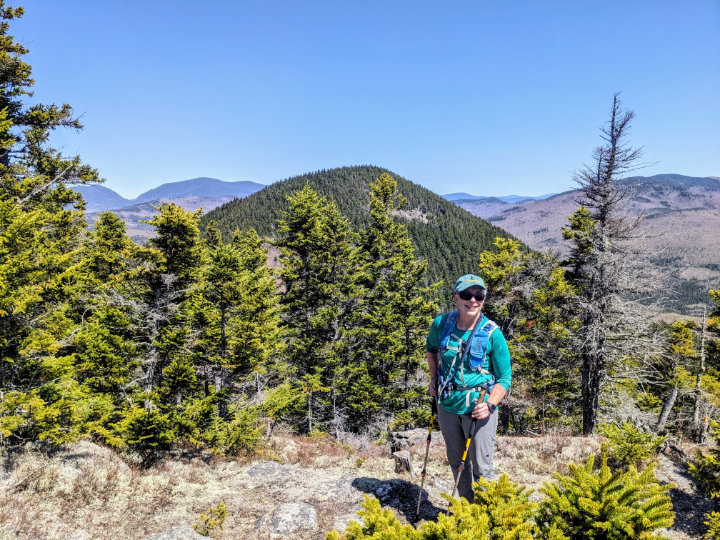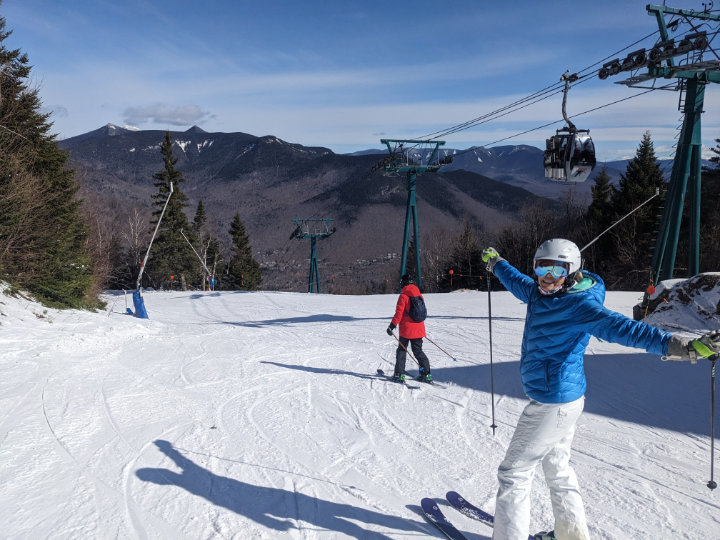NH’s War-Time Farm Census
by Robert Hanaford Smith, Sr.
Weirs Times Contributing Writer
Late in the year of 1944 New Hampshire newspapers printed the following report: “The agricultural resources of the United States at war will be measured with the taking of the coming Census of Agriculture, scheduled to begin the first week of January, 1945. Basic information on agriculture, including statistics on farm acreage, crops, livestock, farm labor, and other items related to farm operations will be obtained.”
The census was planned by several government agencies, including the Bureau of Census, United States Department of Commerce, the United States Department of Agriculture, and the War Food Administration, and the preparation for the census and the choice of questions took many months. The actual collection of information was to take place during the months of January, February, and March of 1945. The census during a time of war was seen to be particularly important in providing for postwar planning.

That 1945 farm census had a direct influence upon my life as a six year old child because my father, Raymond C. Smith, was appointed to be the state supervisor for New Hampshire. The district office was established at Room 219 at the Forestry Building in Laconia. Roland E. Bunker of Barnstead was appointed to be the state’s assistant supervisor, which resulted in a permanent friendship being formed between my Dad and his assistant. Miss Mildred Smith was the office clerk. Raymond C. Smith was promoted to the area supervisor for the District of Maine, New Hampshire, and Vermont when the previous supervisor, Garnett R. Brown of Washington, D.C. had to resign because of illness, and the District office was moved from Portland, Maine to the Forestry Building in Laconia. Mr. Bunker was promoted to be the supervisor for New Hampshire.
The 1945 census was designed to gather a vast amount of knowledge about the nation’s agriculture. A location was qualified to be labeled a farm if it contained at least three acres of land or produced $250 or more of farm products in 1944. Types of farms included “market and truck gardens, combined victory-garden projects, nurseries, greenhouses, orchards, including small fruits, poultry lots, hatcheries, apiaries, and feed lots in cities, towns, and villages”. The country was divided into seven regions with Region 1 being Maine, New Hampshire, and Vermont. Information was obtained on farm acreage and crop production as well as other uses of land, livestock inventory, farm labor statistics, and other agricultural information. During a radio broadcast of The Farm and Home Program from WLNH in Laconia on December 13, 1944, the Belknap County Agricultural Agent, Royal W. Smith, questioned Raymond Smith and Roland Bunker about the upcoming census. He was told that, along with taking a complete inventory and a record of farm production, questions to farmers would include what type of road passed by their property, if the farm had a telephone and radio, and inquiries about farm machinery and household appliances. When asked if the information obtained through the census would be used to help in collecting taxes, the County agent was told “ No. All information obtained in answer to the many questions is confidential. It cannot be used for the purpose of taxation, regulation, or investigation, or revealed to any other agent or department. Every census official is under oath not to reveal any information except to another census official and is subject to severe penalties if he violates that oath.”
Newspaper reports declared that the New Hampshire supervisors were appointed following the recommendation of the Democratic National Committeeman Francis P. Murphy and assumed their positions after they had completed a 15-day school at Portland Maine in preparation for their duties. Enumerators were to be hired in the separate towns and given training before being sent out into the field to obtain the information needed to give the government the information needed to show an accurate picture of agricultural activity in northern New England and do proper planning for the future. Enumerators in each region across the country were to ask the same questions of the farmers relating to their inventory and production. Residents who were interested in being enumerators were asked to apply to the census office with the understanding that those with previous census taking experience and those who had served in the military or were from military families would be given preference when the enumerators were selected. Supervisor Smith admitted in answer to a question during the radio interview that the most difficult part of his job might be that of finding qualified people because of the number of citizens working in war plants and the demands upon farmers in taking care of their own farms.
The difficulty in finding enough people to work on the 1945 farm census is illustrated by a an item in a weekly market bulletin citing the importance of the census and stating that “ Enumerators have not been secured for all New Hampshire towns. Anyone interested in serving as such in their locality should contact the Bureau of Census, Forestry Building, Laconia, N.H. at once. Enumerators will be employed on part-time or full-time basis.” Another newspaper article after the census began noted that enumerators were at work in all but one of New Hampshire’s ten counties, and that some were covering more than one town and that it might take some time before all the farms were reached. Apparently the census representatives had to have personal contact with each farmer, assuring a thorough and accurate picture of the agricultural scene in the year 1945.




